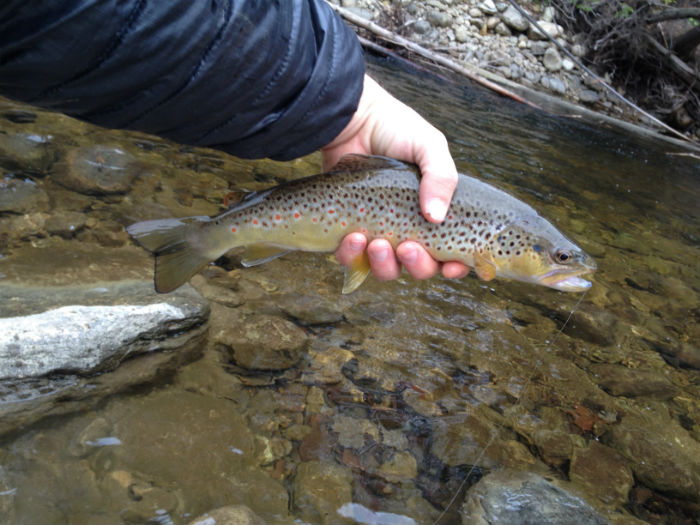The age-old saying that 10 percent of fishermen catch 90 percent of the fish highlights the significance of not only superior angling skills but also knowing where to fish in a body of water. While expertise in fishing techniques is crucial, the ability to read the water and locate fish is equally vital. Here, we delve into the basics of “reading the water,” offering key insights applicable to lakes, rivers, and oceans.
What Do Fish Need? “Reading the water” involves identifying the most probable places for holding or cruising fish. Whether fishing in a lake, river, or ocean, some fundamental rules apply. Being a stealthy observer is the first rule—approach the water cautiously to avoid spooking fish before casting. Observing fish in the water, whether bass, trout, or stripers, helps pinpoint where to begin fishing, saving time and effort.
As you survey the water, focus on three essential elements that fish crave: cover, food, and margins. Cover, such as weedbeds, fallen trees, or rocks, offers a safe space for prey and ambush predators. Food can manifest as bait schools or insects on the water. Fish are particularly drawn to margins, the edges between deep and shallow water, fast and slow water, or cover and open water. Currents in rivers or oceans lead fish to areas with slower water, where they can await food delivery.

Reading the Water in Different Environments
- Rivers: In rivers, fish typically avoid fast water and seek lies where they can hold in slower water while having access to the food brought by faster currents. Look for seams between fast and slow water, identifiable by lines of bubbles. Focus on areas with rocks, woody debris, or bends in the river, providing potential fish lies. Deep slots, pools, and big rocks in deeper spots are also promising locations.
- Lakes and Ponds: For still waters, choose spots wisely, considering cover, depth changes, and wind patterns. Weedy areas, fallen trees, or rocks are ideal cover, with bass often holding tight to such structures. Seek locations where shallow water meets deeper water, like drop-offs, submerged points, or deep channels. Fish along the outside edge of weedbeds or the deeper side of fallen trees to attract larger fish.
- Salt Water: In the vastness of the ocean, the same principles apply. Focus on areas with cover, depth changes, and tidal currents. Rocky jetties at bay mouths, for example, provide all three elements. Watch for signs of bait schooling just below the surface, such as “nervous water,” and follow diving birds to locate fish in saltwater environments.

By taking a moment to read the water and identify key locations before casting, anglers can significantly enhance their efficiency and productivity. This fundamental skill allows you to connect with the elite 10 percent who consistently find success on the water.
Images/Source: NewsOrvis





